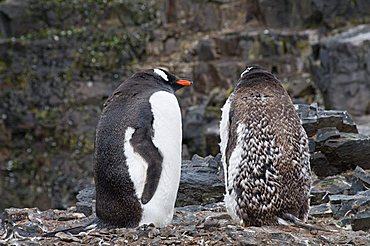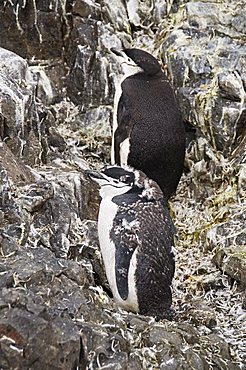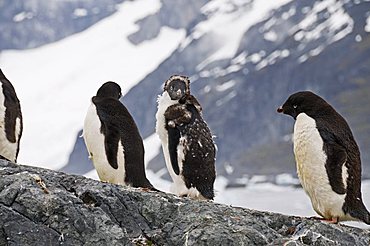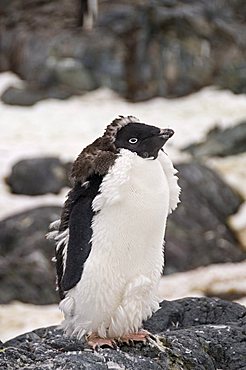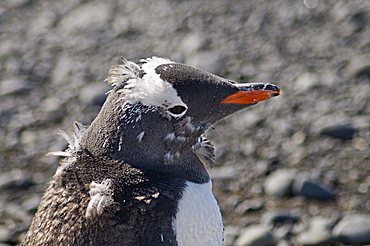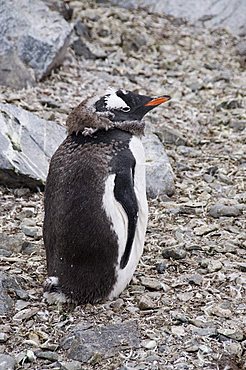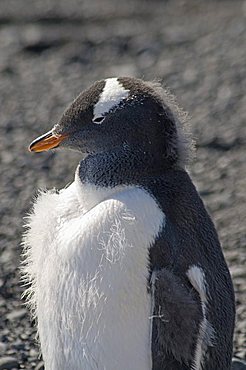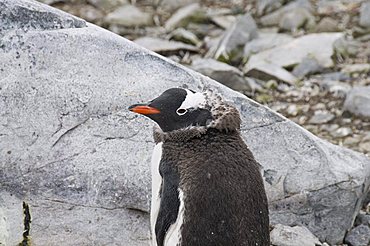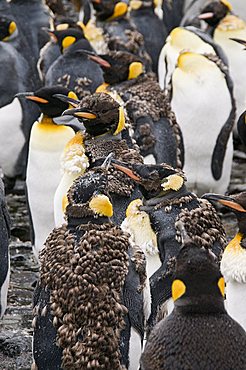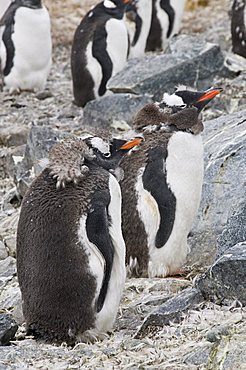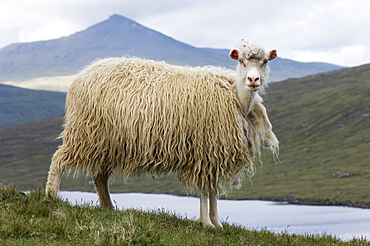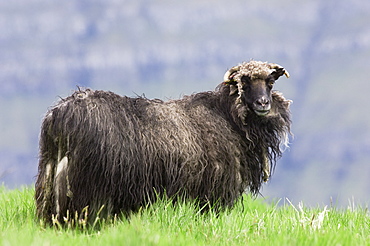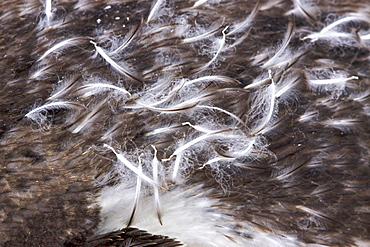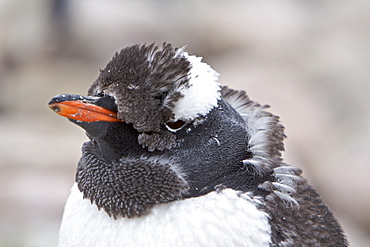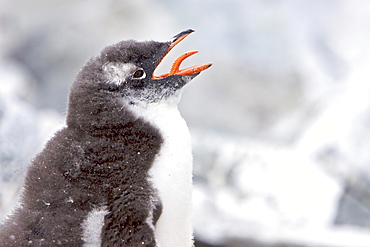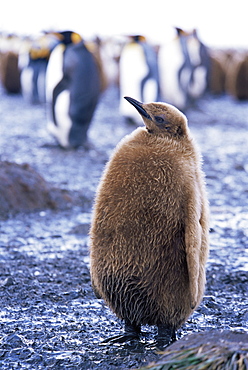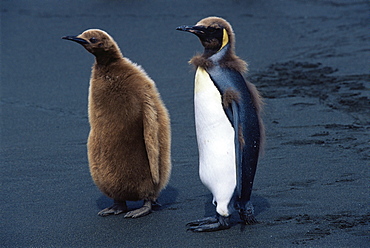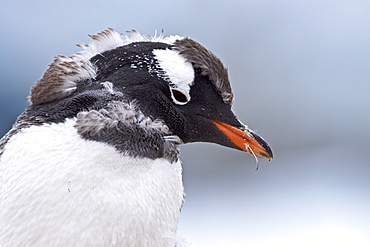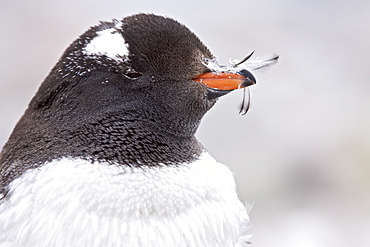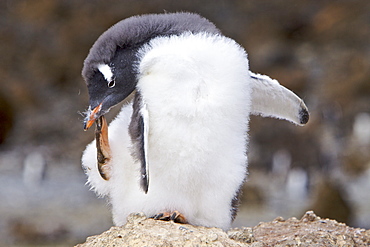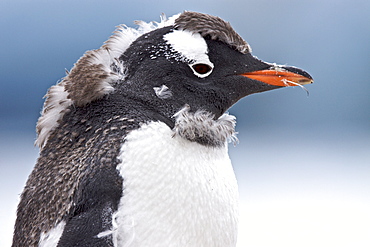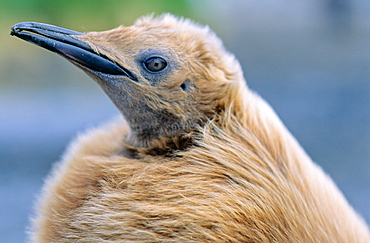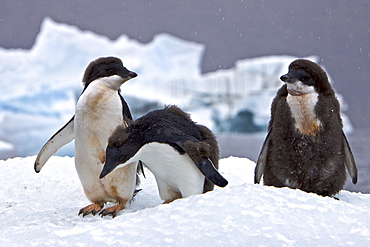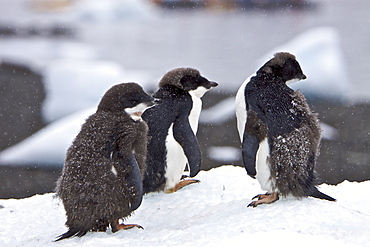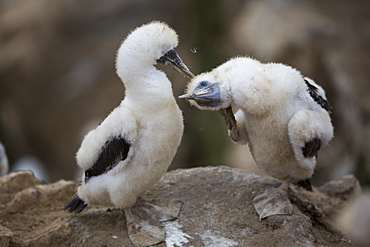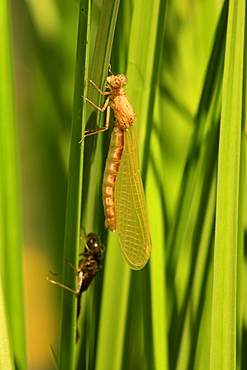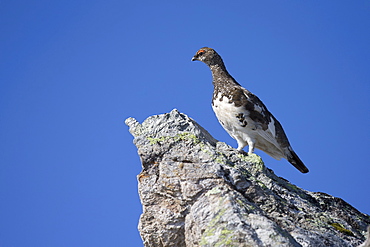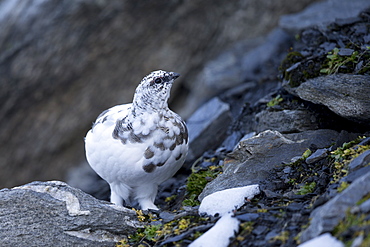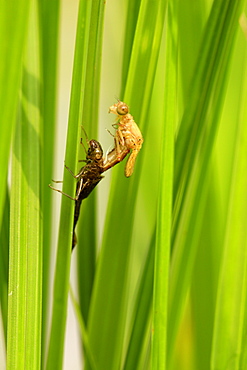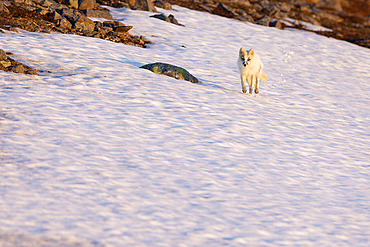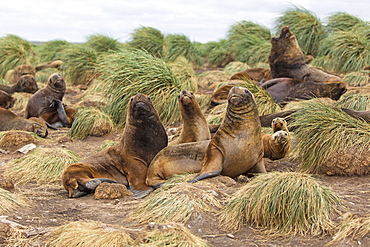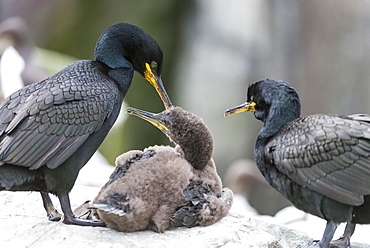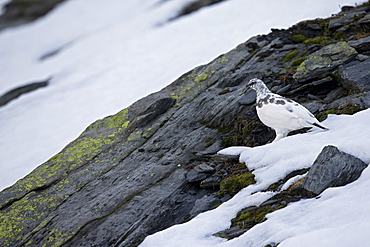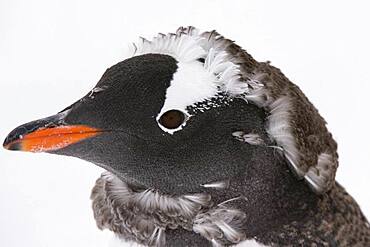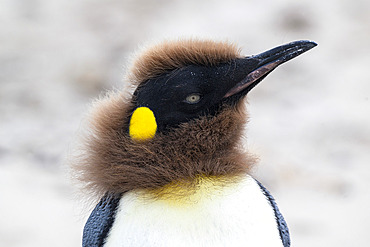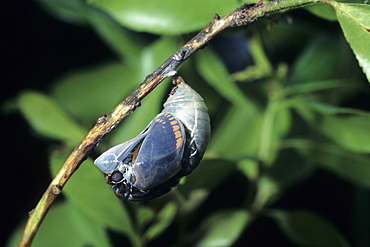Results
24 results found

Southern elephant seals (Mirounga leonina) hauled out for their annual catastrophic moult, Snow Island, Antarctica, Polar Regions
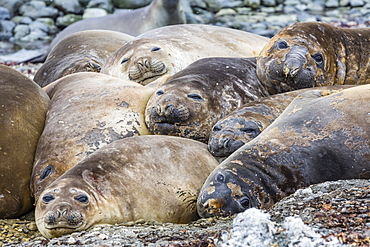
Southern elephant seals (Mirounga leonina) hauled out for their annual catastrophic moult, Snow Island, Antarctica, Polar Regions
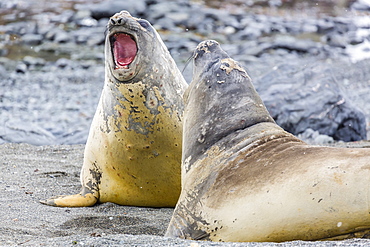
Southern elephant seals (Mirounga leonina) hauled out for their annual catastrophic moult, Snow Island, Antarctica, Polar Regions
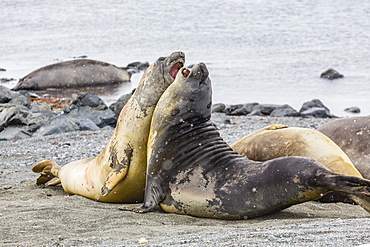
Southern elephant seals (Mirounga leonina) hauled out for their annual catastrophic moult, Snow Island, Antarctica, Polar Regions
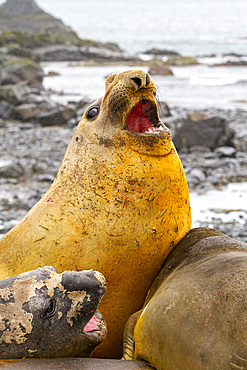
Southern elephant seals (Mirounga leonina), hauled out for their annual catastrophic molt (moult) on the beach at Snow Island, Antarctica, Polar Regions
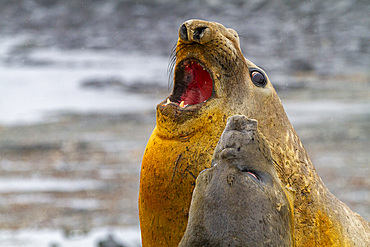
Southern elephant seals (Mirounga leonina), hauled out for their annual catastrophic molt (moult) on the beach at Snow Island, Antarctica, Polar Regions
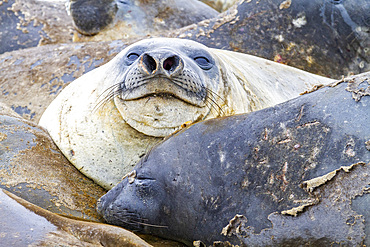
Southern elephant seals (Mirounga leonina), hauled out for their annual catastrophic molt (moult) on the beach at Snow Island, Antarctica, Polar Regions
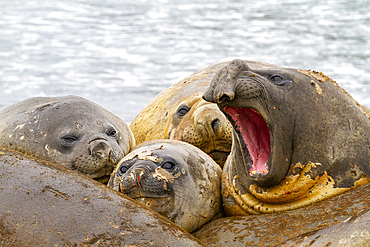
Southern elephant seals (Mirounga leonina), hauled out for their annual catastrophic molt (moult) on the beach at Snow Island, Antarctica, Polar Regions

Southern elephant seals (Mirounga leonina), hauled out for their annual catastrophic molt (moult) on the beach at Snow Island, Antarctica, Polar Regions
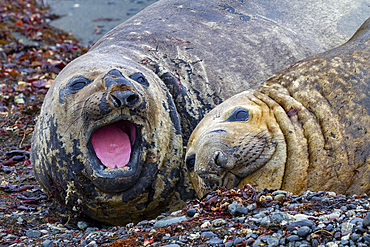
Southern elephant seals (Mirounga leonina), hauled out for their annual catastrophic molt (moult) on the beach at Snow Island, Antarctica, Polar Regions
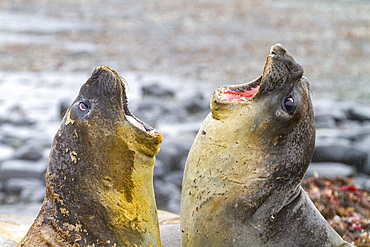
Southern elephant seals (Mirounga leonina), hauled out for their annual catastrophic molt (moult) on the beach at Snow Island, Antarctica, Polar Regions
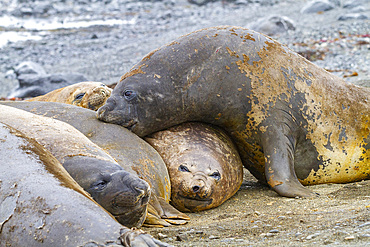
Southern elephant seals (Mirounga leonina), hauled out for their annual catastrophic molt (moult) on the beach at Snow Island, Antarctica, Polar Regions
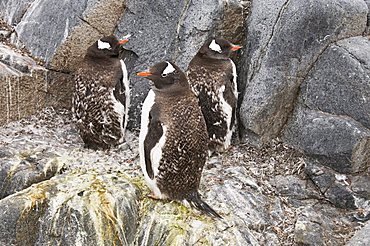
Moulting gentoo penguins, Jougla Point near Port Lockroy, Antarctic Peninsula, Antarctica, Polar Regions
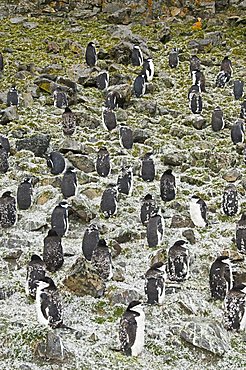
Moulting chinstrap penguins, Hannah Point, Livingstone Island, South Shetland Islands, Polar Regions
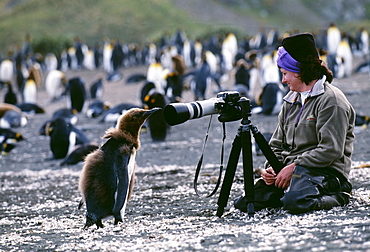
King penguin (Aptenodytes patagonicus), chick looking at tourist, on beach, Gold Harbour, South Georgia, Polar Regions
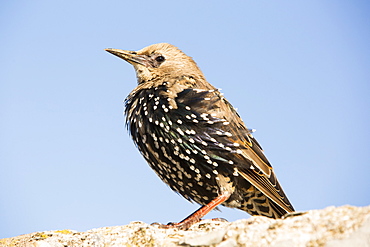
A Common Starling, Sturnus vulgaris in Seahouses, Northumberland, UK, moulting from Juvenile to adult plumage.
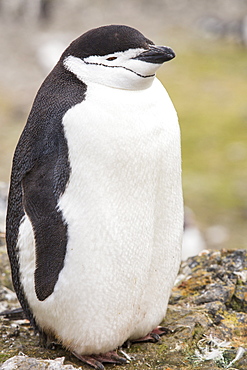
A Chinstrap Penguin, Pygoscelis antarctica, at Hannah Point on Livingston Island in the South Shetland Islands, Antarctic. Behind the penguin is lots of greenery, plants that are expanding as the Antarctic Peninsular warms as a result of climate change,

Adult bull Southern elephant seals (Mirounga leonina) hauled out and yawning in a wallow while molting on the beach at Fortuna Bay on South Georgia Island, southern Atlantic Ocean.

Adult bull Southern elephant seal (Mirounga leonina) hauled out and in a wallow while molting on the beach at Fortuna Bay on South Georgia Island, southern Atlantic Ocean.

Adult bull Southern elephant seal (Mirounga leonina) hauled out and in a wallow while molting on the beach at Fortuna Bay on South Georgia Island, southern Atlantic Ocean.
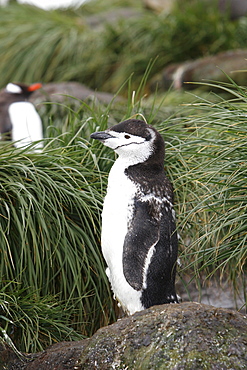
A lone molting adult chinstrap penguin (Pygoscelis antarctica) in tussock grass on Prion Island in the Bay of Isles near South Georgia Island, South Atlantic Ocean.

Young rockhopper penguin (Eudyptes chrysocome moseleyi) molting on Nightingale Island in the Tristan da Cunha Island Group, South Atlantic Ocean
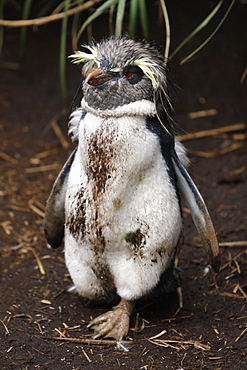
Adult rockhopper penguin (Eudyptes chrysocome moseleyi) going through a catastrophic molt on Nightingale Island in the Tristan da Cunha Island Group, South Atlantic Ocean
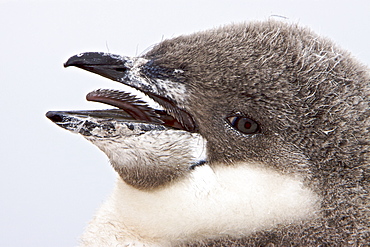
Chinstrap penguin (Pygoscelis antarctica) chick head detail at colony on Useful Island near the Antarctic Peninsula. There are an estimated 2 million breeding pairs of chinstrap penguins in the Antarctic peninsula region alone, perhaps as many as 7.5 million breeding pairs in all of Antarctica. Their name derives from the narrow black band under their heads which makes it appear as if they are wearing black helmets, making them one of the most easily identified types of penguin. Other names for them are "Ringed Penguins", "Bearded Penguins", and "Stonecracker Penguins" due to their harsh call. They grow to 68 cm (27 in). The average adult weight of a Chinstrap Penguin is 4.5 kg (10 lbs). Weight can range from 3 to 6 kg (6.6-13.2 lbs), with males being slightly larger and weight varying based on where the penguin is in the breeding cycle. Their diet consists of krill, shrimp, and fish. On land they build circular nests from stones, and lay two eggs, which are incubated by both the male and the female for shifts of five to ten days. They can also breed on icebergs, though they prefer non-icy conditions. The chicks hatch after about 35 days, and have fluffy gray backs and white fronts. The chicks stay in the nest for 20?30 days before they go to join a creche. At around 50?60 days old, they moult, gaining their adult plumage and go to sea. The Chinstrap Penguin was first described by German naturalist Forster in 1781. Its specific epithet was often seen as antarctica, however a 2002 review determined the genus Pygoscelis was masculine, and hence the correct binomial name is Pygoscelis antarcticus.
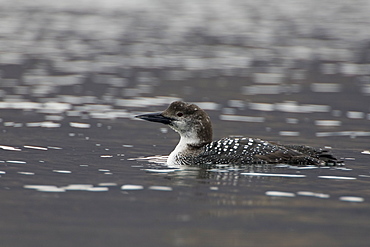
Great Northern Diver (Gavia immer) swimming in water. Moulting from summer plumage to winter plumage.. Isle of Mull, Argyll and the Islands, Scotland, UK
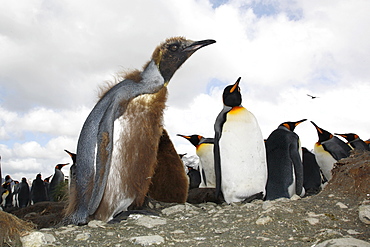
Young king penguin (Aptenodytes patagonicus) molting near colony of nesting animals on Salisbury Plain on South Georgia Island
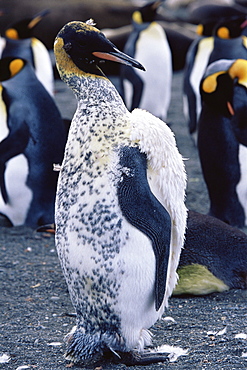
King penguin (Aptenodytes patagonicus) 'Dalmatian spotted', South Georgia, Antarctica, Southern Ocean.
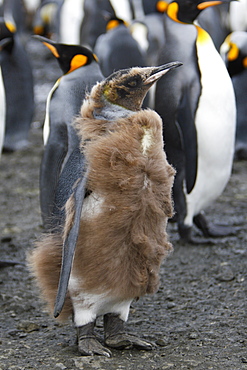
Young king penguin (Aptenodytes patagonicus) molting near colony of nesting animals on Salisbury Plain on South Georgia Island
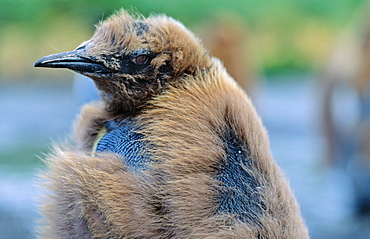
Face of a King Penguin (Aptenodytes patagonicus) chick with its brownish plumage . Salisbury Plain, South Georgia, Subantarctic
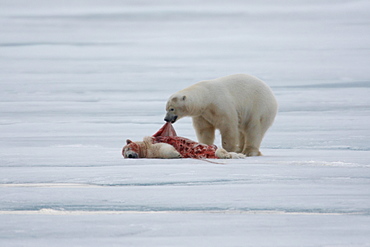
Polar bear (Ursus maritimus), skins and eats killed conspecific, pack ice at Kvitoya, Spitsbergen archipelago, Svalbard, Norway, Europe
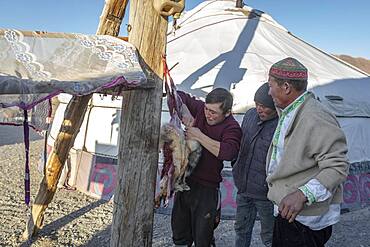
Spai Bashakhan with his sons, they skin a fox, which has been beaten by his eagle, the flesh of the fox they feed to the eagle, from the fur Spain makes Bahakhan caps, Olgii province, Mongolia, Asia
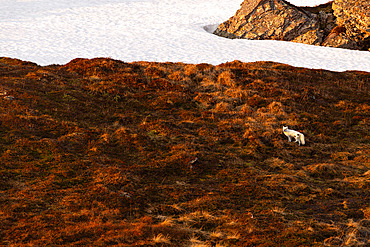
Polar fox;Vulpes lagopus), white form in full moult evolving in its Varanger tundra biotope, Norway.
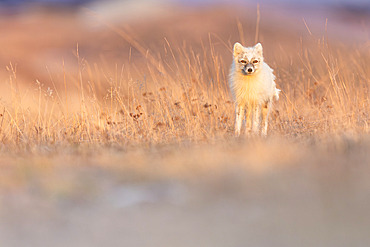
Polar fox;Vulpes lagopus), white form in full moult evolving in its Varanger tundra biotope, Norway.
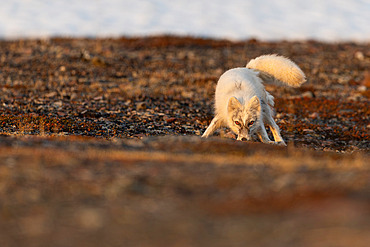
Polar fox;Vulpes lagopus), white form in full moult evolving in its Varanger tundra biotope, Norway.
